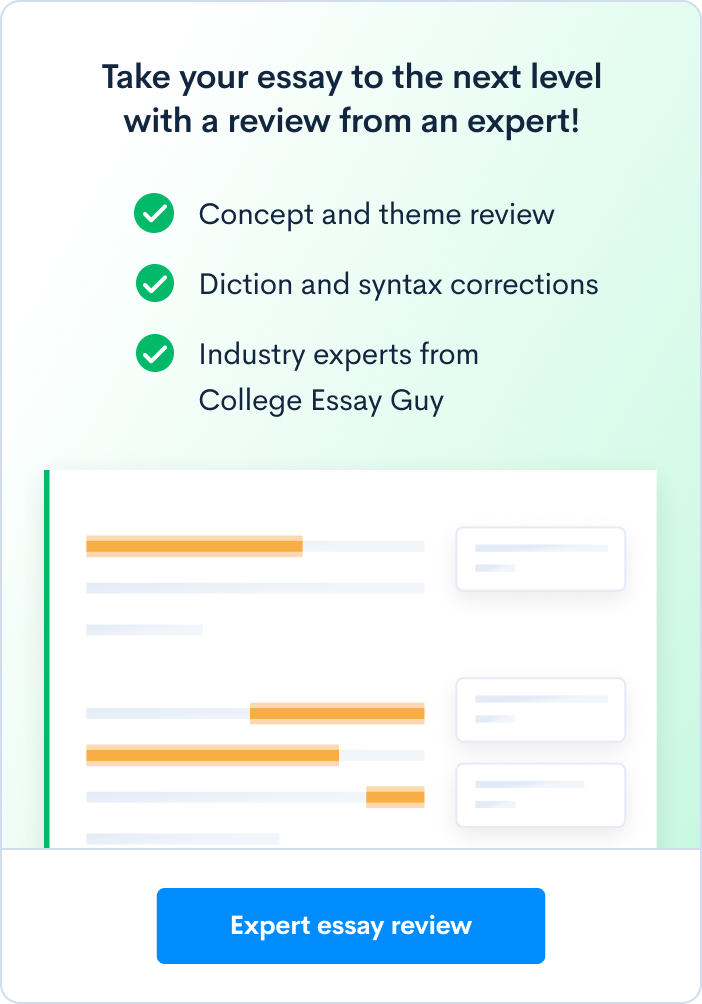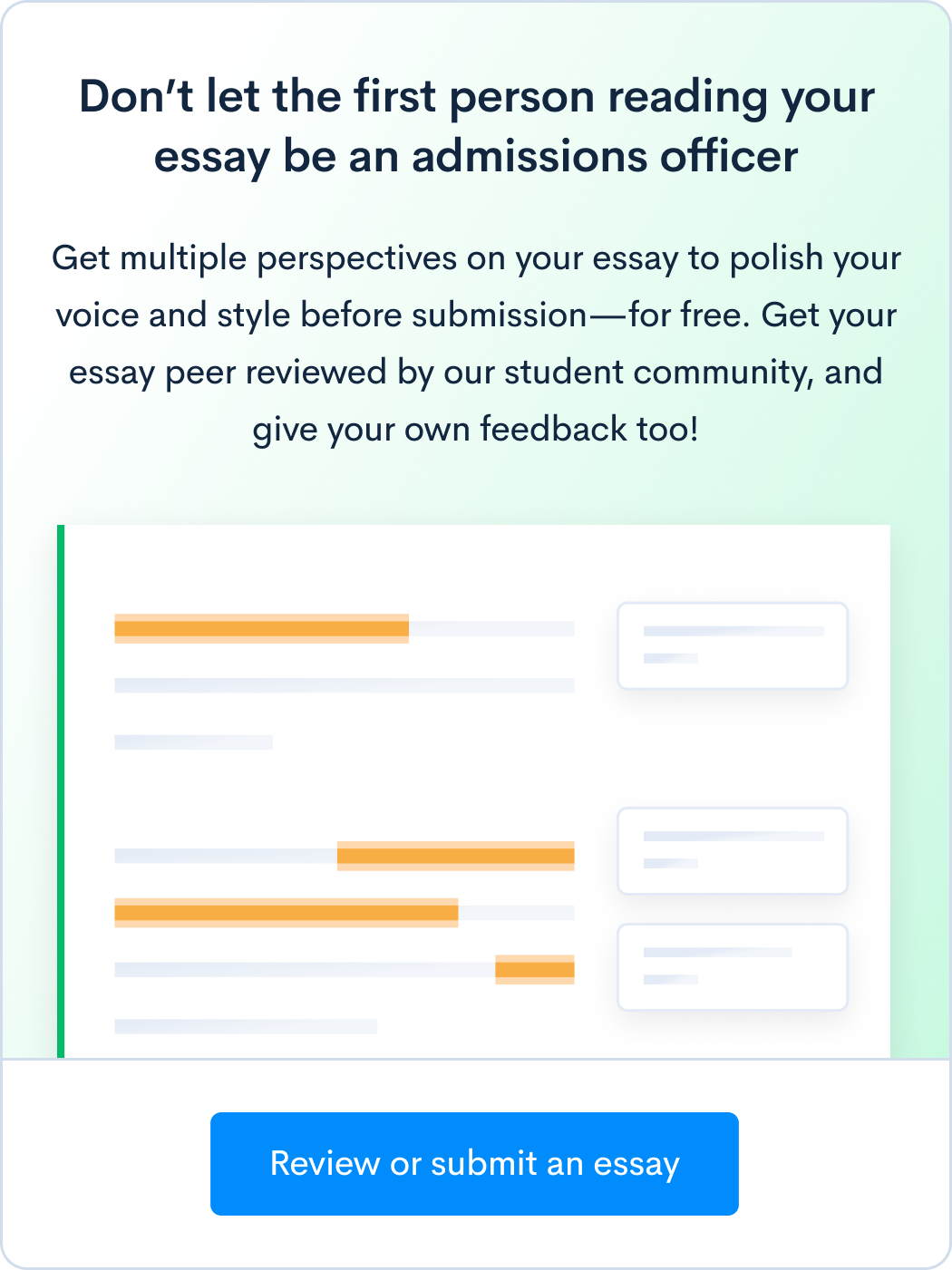How to Write the Tulane University Supplement Essay 2018-2019
Tulane University is a private research university with an instituted culture of civic engagement located in the urban city of New Orleans, Louisiana. Ranked at #44 in U.S. News and World Report’s Best National Universities and #63 in Best Value Schools, competition for admission at Tulane has increased drastically over the years: In 2015, the acceptance rate was 31%, but by 2017, it had dropped to 21%. In 2018, Tulane recorded a historic low at 17%.
For those admitted in the fall of 2018, the middle 50% scored between 1420 and 1510 on the SAT and between 31 and 33 on the ACT. They also maintained an average GPA of 3.56 throughout high school.
All first-year applicants apply to the Newcomb-Tulane Undergraduate College, which comprises of 5 schools: the Tulane School of Architecture, the A.B. Freeman School of Business, the School of Liberal Arts, the School of Public Health and Tropical Medicine, and the School of Science and Engineering.
Upon deciding on a major, Tulane students become affiliated with the school corresponding to their chosen major but are also free to devise their own unique course of study by double-majoring across different undergraduate schools. Courses of study include: Homeland Security Studies, Legal Studies in Business, Preservation Studies, Musical Cultures of the Gulf South, Applied Computing & Systems Technology, Social Innovation and Social Entrepreneurship, and Teacher Certification Program.
All students are required to complete the Core Curriculum, which includes the Writing, Foreign Language, Scientific Inquiry, Cultural Knowledge, and Public Service components. The last element is the most unique of the five, fulfillment of which consists of completing a service learning course geared toward applying theoretical knowledge in the classroom to a community service project in the area.
The Tulane “Green Waves” represent the university in NCAA Division I, enjoying particular success in men’s tennis and achieving moderate recognition in baseball and women’s basketball. If varsity athletics are not your cup of tea, there are also over 200 student organizations to join (including Aikido, Quidditch, Fencing, Cat Mafia Comedy and Hallyu Youth Practicing Emotional Dance), and 20 fraternities and sororities for which to rush.
Has the allure of Tulane’s academic excellence convinced you to apply? Are you on the edge of your seat because of the ever-dropping acceptance rate? Never fear, our essay specialist team at CollegeVine is here to breakdown the tips and tricks to writing the Tulane University supplemental essay.
Tulane University Application Essay Prompt
Tulane accepts both the Common Application and its own Tulane Freshman Online Application. Both are evaluated by the same criteria, and you would be at no disadvantage for choosing one over the other. For help on the Common Application’s personal statement, check out CollegeVine’s post How to Write the Common Application Essays 2018-2019.
As for the supplement, Tulane only requires one question, listed below:
Please briefly elaborate on one of your extracurricular activities or work experiences. (250 words max)
Here, the admissions officers want to gauge the depth of your involvement in your academic, extracurricular, and personal endeavors.
The level of accomplishment and personal connection you describe here would be, in their mind, indicative of how far you pursue the 10 activities that you listed in your Common Application extracurriculars list. Therefore, it is of paramount importance that you write about this activity in a detailed and personal voice, as a well-written essay here could potentially shed an overall positive light on the rest of your candidacy.
Choosing the activity:
- Step 1: Replicate your extracurriculars list from the Common App on a piece of paper or in a spreadsheet.
- Step 2: Create a column to the right and write down any accomplishments, interactions, conversations, phrases, or words that are particularly memorable for each activity.
- Step 3: Further to the right, write down in a separate column the corresponding/related student organizations, events, and programs available at or in the vicinity of Tulane.
- Step 4: Rank your activities in order of content, with the ones with the most impressive accomplishments, most interesting conversations, and most corresponding Tulane programs at the top, and the ones with the least at the bottom.
- Step 5: Choose the top-ranked activity to write about, unless you feel very strongly for another high-ranked item.
Drafting the Essay
The key to this essay, as with any essay, is “show, not tell.” It is especially important to use anecdotes and detailed-description snippets of particular scenes in your extracurricular experience because, otherwise, your “description” could read more like a list of accomplishments in the field. Such is a dry and boring format for the admissions officers to read. Keep in mind, with over 35,000 applications to peruse, the admissions officers would also like to be engaged and entertained.
Moreover, it is critical that you tie your narrative of activity/work experience to how you will contribute to its counterpart organization at Tulane. Ultimately, your breadth and depth of experience in the field have no use for Tulane if you do not plan to spread your expertise there.
Here are two versions of an essay about dance.
Version 1:
In my sophomore year, I stumbled into the dance studio by chance one day, and was invited to audition to be placed on a team. During the audition, I noticed how free yet powerful the advanced dancers looked when performing, and became determined to emulate their techniques. Ever since then, I have become a loyal member of the dance club at XXX High School.
In that first audition, I was selected to perform with the largest dance organization in school, which performed a variety of pieces, including house, modern, and freestyle at school fairs, annual productions, and charity events. As I learned to nail down the basics of hip-hop and modern dance, I began to choreograph for the team on occasion, and organizing extra practices for other members to perfect our upcoming set.
Dance is the newest thing I have learned in my life. In exploring this novel territory, I have learned the determination and humility necessary in nurturing a craft from scratch, characteristics that will certainly help me succeed in performing with the Newcomb Dance Company at Tulane. Other than this prestigious student dance organization, I am also interested in joining the Tulane Ballroom Dancing Club to supplement my repertoire of dance styles. It would be very interesting to experience and investigate the roots of social dance that we see today and I look forward to bringing my expertise in modern dance and choreography to the Tulane dance community.
Version 2:
Upon first pointe, I was immediately enraptured by the power (and delicacy), freedom (and discipline) of dance. Ever since, I have committed my creative spirit to cultivating the dance subculture at XXX High School, in a consummate mélange of my passion for hip-hop and community building.
With no prior training, I auditioned and was selected to perform with the largest dance organization in school.
To perfect our set and provide fellow budding dancers with the opportunity to expand their repertoire, I taught snippets of other styles — house, modern, freestyle… — in the bi-weekly extra practices I coordinated for the team.
The rest of my spare time I spent configuring my limbs into novel silhouettes in choreography for our upcoming set.
In exploring the exquisite art of dance, I grasped the humility and tenacity necessary in nurturing a craft from scratch, characteristics that will surely assist my transition into performing with the Newcomb Dance Company in the successors of its current production Above the Oaks. This annual student-run performance will prompt me to hone my technique in the three core styles that cement the foundation for all creative choreography: ballet, modern and jazz, perfecting my grand jété in the process.
Between rehearsals, I can be found waltzing into the Lakeside Room of the Reily Center to take lessons with Tammy Clark as a member of the Tulane Ballroom Dancing Club, foxtrotting across the floor, further into my dance journey.
While version 1 and version 2 both discuss the same activity, sequence of events, and even mention joining the same organizations at Tulane, version 2 is much more effective in illustrating an image of you enhancing the dance community’s spirit with your choreography of “novel silhouettes” in the admissions officers’ minds.
Here are some of the mistakes found in version 1:
- Failed to highlight the most impressive part of the candidate’s accomplishment in dance, which is being selected to dance with the largest organization in school with no prior training. While version 1 does mention performing with that organization after the first audition and mentions stumbling into that audition accidentally, it does not spell out the candidate’s lack of experience in plain words, and hence does not sufficiently emphasize her talent.
- Used very plain and commonplace phrases on applications such as:
-
- “I noticed how… and became determined to…”
- “Ever since then, I became a…”
- “Other than this… I am also interested in joining…”
- “It would be very interesting to…”
- Try to avoid these commonly used sentence structures. Otherwise, embellish them by rearranging the structure of the sentence or packing the rest of the sentence with unique words (that fit the context of course) and vivid imagery.
- Version 1 “told” without “showing” anything. Version 2’s “Upon first pointe, I was immediately enraptured by the power (and delicacy), freedom (and discipline) of dance” effectively conveys the idea that the candidate was hooked by dance upon her first encounter, but with much more powerful illustration than version 1’s statement of events that led to the candidate’s participation in dance. Version 2 also makes reference to “pointe,” which is a ballet term, further showcasing her true depth of experience in dance. If possible, try to incorporate relevant references to the activity throughout your essay.
Moving Forward…
Just remember, less is not more in terms of the level of detail in admissions essay-writing. In your first drafts, try to pen as many details about your anecdotes as you can possibly think of; you can decide which ones are not essential later.
Writing them all down on one page allows you to make a more objective decision about which ones are critical and which ones are not. Besides, in revising your essay, you never know which detail you would need later on; therefore, it is beneficial to have an archive of all possible details in a longer first draft.
Want help with your college essays to improve your admissions chances? Sign up for your free CollegeVine account and get access to our essay guides and courses. You can also get your essay peer-reviewed and improve your own writing skills by reviewing other students’ essays.







